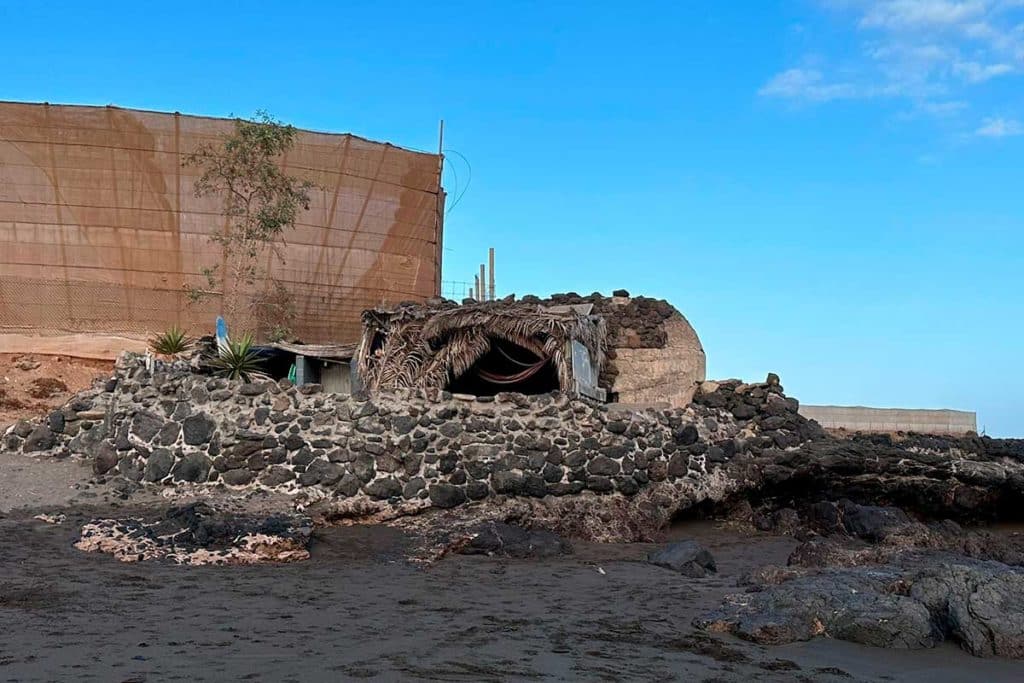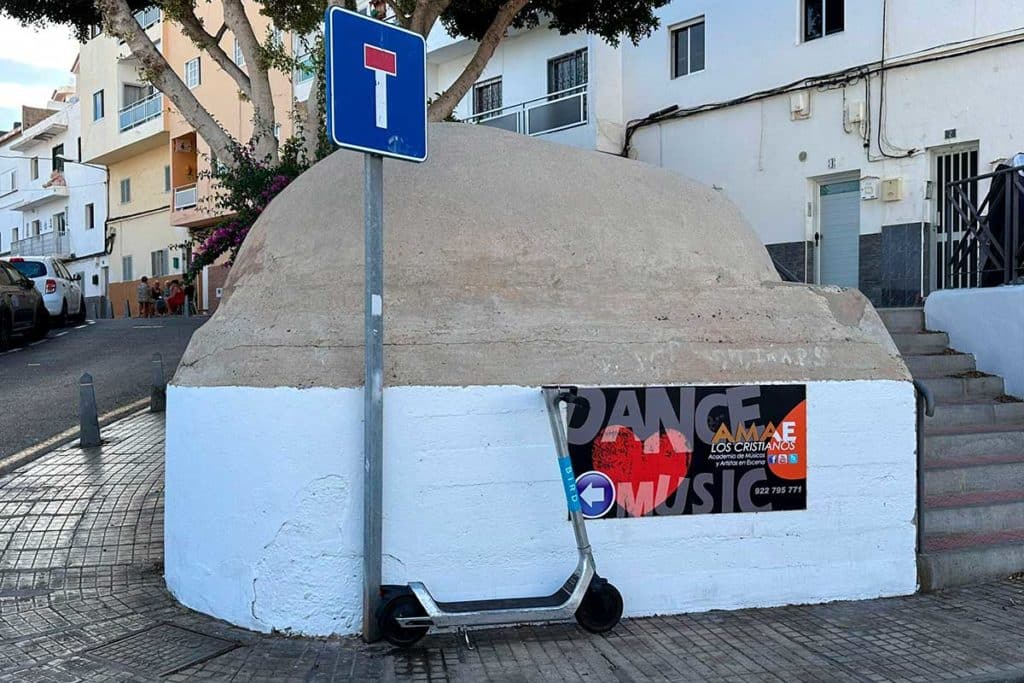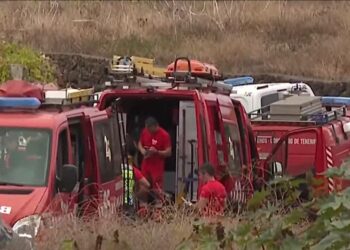In 1941 Spain had reason to fear a British invasion of the Canaries. In fact, His Majesty’s Government, with Winston Churchill as Prime Minister, was in the midst of a whirlwind, planning, among other things, a military operation to seize the Islands, starting from Gran Canaria, with control of its port and its airport, and disembarking, later, in different beaches. It was called “Operation Pilgrim”.
At that time, the United Kingdom was preparing to militarily occupy the beaches of the Islands in general, and of Tenerife in particular. The same ones that its citizens have conquered without weapons and through tourist activity, in which they can observe the deployment of bunkers along the entire southern coast, as the researcher and disseminator points out. Horace Gonzalezwhich has graphically collected the situation in which these infrastructures are found in the Region.
Those bunkers actually They are not coastal batteries, but machine gun nests. There are currently 87 standing on the Island. And, of them, fifty in the South, as the retired Infantry colonel, historian and popularizer points out jesus castillowho has researched and offered various conferences on the subject.
That is precisely where the name of a well-known street from the town of Los Cristianos (Arona), del Nido, where there is one of them that is so blended in with the urban landscape, that it is barely recognized as an element for defense in case of invasion, although it is.
Many can still be seen in Los Cristianos, but also in areas such as the Granadilla de Abona coastline, including Montaña Roja.
The British Government had carried out other covert operations, such as the bribery of high-ranking officials of the Franco regime to prevent the country from entering World War II on the side to which it was most akin: the German.
However, dangerously, Spain swung from neutrality after September 1, 1939, when Hitler began hostilities with the invasion of Poland, to a position more favorable to Nazism, as a “non-belligerent” country, on June 12. 1940, when Italy entered the war hand in hand with Germany.
And, from there, to the warning sent to London by the British ambassador Sir Samuel Hoare in 1941, about the fact that the country’s entry into the conflict was “inevitable”. London launched preparations for the invasion.
“Franco’s fear was an invasion by Gran Canaria and that, from there, there would be a landing in the south of Tenerife,” explains the retired colonel. “The machine gun nests were placed, mainly, in the places where it was believed that there could be a landing. They were not prepared to fight against the Armada, but in the case of an invasion by the beach. And it was clear that the South was ideal for that, ”he underlines.
They were made of concrete to withstand the artillery attack and materials from the environment were used to minimize their visibility, either from the horizon or from the air.
At that time, the Franco authorities did not know the British intention, since it was a secret plan, but the truth is that the United Kingdom mobilized 24,000 soldiers, who were quartered. It was planned to use two infantry brigades in the invasion, with one or two cruisers to support it from the sea.
“It is a shame that we do not do anything to value our heritage because this is the history of the Canary Islands,” he adds. “When the British lose interest in an invasion, they first disarm and then close down, after which they have served as a home, even for people who have nowhere to live.”
What would the images of a real British invasion have been like?
The so-called “Operation Pilgrim” provided for the invasion of the Canary Islands by the United Kingdom in the event that Spain joined the Axis powers in World War II, a fact that, at that time, did not seem so far away. Specifically, this operation, which involved the mobilization of 24,000 soldiers in Great Britain, took the island of Gran Canaria as its axis, both for its port and for the airport.
The idea was that, since Gran Canariathey proceeded to invade the rest of the Archipelago by disembarking troops on the beaches, such as those in the south of Tenerife.
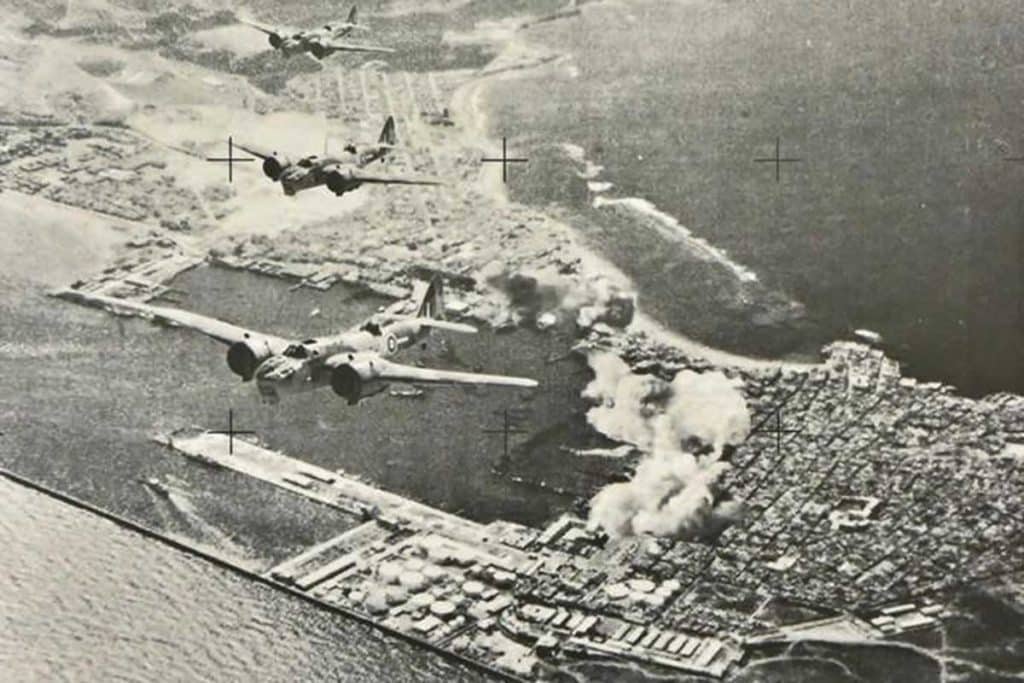
One of the most interesting exercises regarding what would have happened, in the event that this were to happen, was carried out by the Cabildo de Gran Canaria in the exhibition called “Counterfactual History”in which he presents a set of fake images that look like something out of the era and in which you can see different details of what would have been the capture of the city of Las Palmas de Gran Canaria.
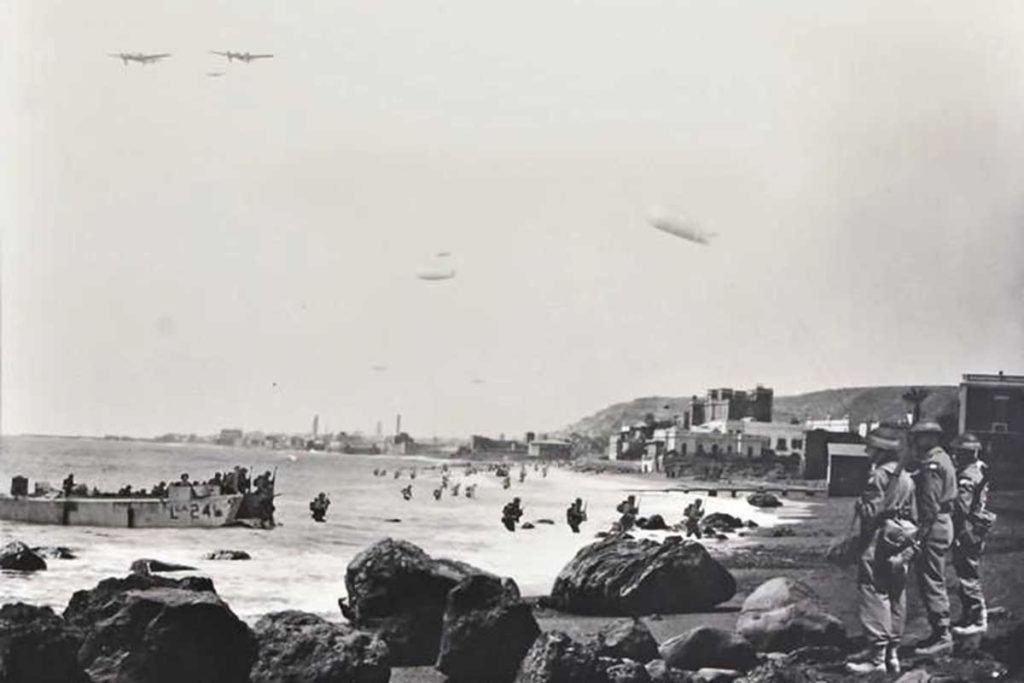
Some of these photographs show British Air Force planes flying over the isthmus of the capital of that island, in the same way that another shows how troops from the United Kingdom would have landed on the beach of Las Canteras.
In others, soldiers from this country stand in front of a map of the island on which both the location of Las Palmas de Gran Canaria and Maspalomas, in the south, can be seen.



